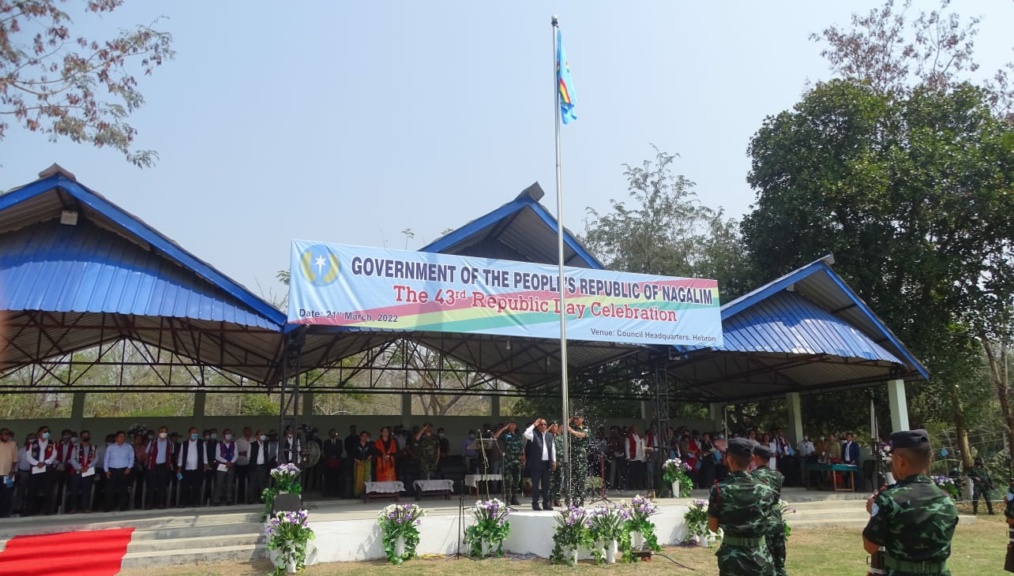According to security officials, a suicide explosion occurred on March 4th during prayer services at a Shia Muslim Mosque in the northern Pakistani city of Peshawar, killing at least 58 people and injuring almost 200 others. On a side note, while terrorism in Pakistan has decreased in the past few years, the underlying foundations of extremism, such as Al-Qaeda and ISIS, remain active. Pakistan had 319 terrorism-related incidents in 2020, according to the South Asia Terrorism Portal, with 169 civilian casualties. This is down from roughly 4,000 such instances in 2013, which resulted in over 2,700 civilian deaths. Will this recent attack serve as a major blow in the next few months in Pakistan?
The Islamic State claimed responsibility for the blast in a statement on Friday, making it one of the group’s largest operations within Pakistan. When police stopped an armed man on a motorcycle near the mosque, he opened fire before forcing his way inside a congested hall and detonating his suicide vest, according to senior police official Haroon Rasheed. As specified by Moazzam Jah Ansari, the chief police commander for Khyber Pakhtunkhwa province, where Peshawar is the capital, the assailant had attached a strong explosive charge to his body, containing 5 kg (12 lbs.) of explosives.
Several of the injured, according to Asim Khan, a spokeswoman for Peshawar’s Lady Reading hospital, were in serious condition. Hundreds of people were hurt by shrapnel, several had their legs amputated, and others were hit by flying debris. Doctors struggled to transport the injured into operating rooms at the hospital’s emergency department, which was chaotic. Hundreds of families gathered outside the emergency room, many of whom were sobbing and shaking their heads, desperate for information on their family members.
Shia Muslims as ISIS Targets
When reviewing the actual circumstances of earlier attacks, it is evident that ISIS, an extreme Sunni militant group, has long targeted Shia Muslims in Afghanistan, Libya, Iraq, Iran, and now Pakistan, and has a particular interest in the Hazara ethnic minority, which is primarily Shia. Pakistan is predominantly Sunni, with 76 percent of Pakistanis identifying as Sunni and 10–15 percent of Shia, based on a 2010 estimate.
ISIS issued a statement in 2021 claiming that it would assault Shia in their homes and centers “by any means conceivable,” from “slaughtering their necks to distributing their limbs.” Murder and other inhumane acts inflicting severe pain are alleged crimes against humanity committed by ISIS. According to the group’s public statements, the violent attacks are clearly part of a determined policy.
Until recently, there was no animosity between Sunni and Shi’a religious organizations. The origins of terrorist attacks against Shi’a in Pakistan may be traced back to General Zia-ul-dictatorship Haq’s, which began in 1978 after a military takeover the previous year and lasted until his death in 1988. Following the 1979 Iranian revolution, many majority Sunni states, including Pakistan, began to be concerned about the spread of Shi’a Islam. To counter this, Zia bolstered ties with Saudi Arabia and welcomed Wahhabism, a hardline interpretation of Sunni Islam.
In 2011, extreme Sunni militants published an open letter to Quetta’s Shi’a community, which is mostly Hazara, declaring that “all Shi’a are deserving of killing” and that they intend to “create a Pakistan graveyard.” These words were supplemented by a methodical wave of terror directed at Shi’a professionals, officials, and visitors traveling to and from holy places and festivals in Pakistan. Militant groups have continued to target Shi’a professionals to this day, and all of these assaults have indeed been particularly violent in recent times. Militants and terrorist organizations have destroyed social gatherings and thickly urbanized Shi’a neighborhoods with reckless abandon.
A Weak Government is a Weak Defense Force
Vulnerability in the Pakistani government has impacted the lives of the minorities, such as schooling and career opportunities. This insecurity presents itself along gender lines as well, with Hazara women’s mobility being severely limited. As ISIS gains momentum, attacks on minorities will undoubtedly become more cautious in the coming months. To state the obvious, Pakistan has poor governance, allowing extremist organizations to carry out minor to major attacks in regions and cities. Pakistan’s administration lacks transparency and accountability. Political instability and corruption are also present, and the Pakistani government’s ongoing struggles will not be enough to silence ISIS, which will continue to grow in strength.
Developing investigation protocols and the use of corroborating analysis in the formulation of terrorism cases would be extremely beneficial in combating this expanding threat. Improving state and cross coordination on intelligence, police, and counter-terrorism divisions in Pakistan, as well as strengthening capacity on terrorism-related situation plans and promoting greater judicial legitimacy and human rights for minorities, are all crucial. Regardless of the support given by other countries to counter threats in Pakistan, it would be useless if the internal system of their government was compromised.
Kristian N. Rivera, Counter-Terrorism Research Fellow



